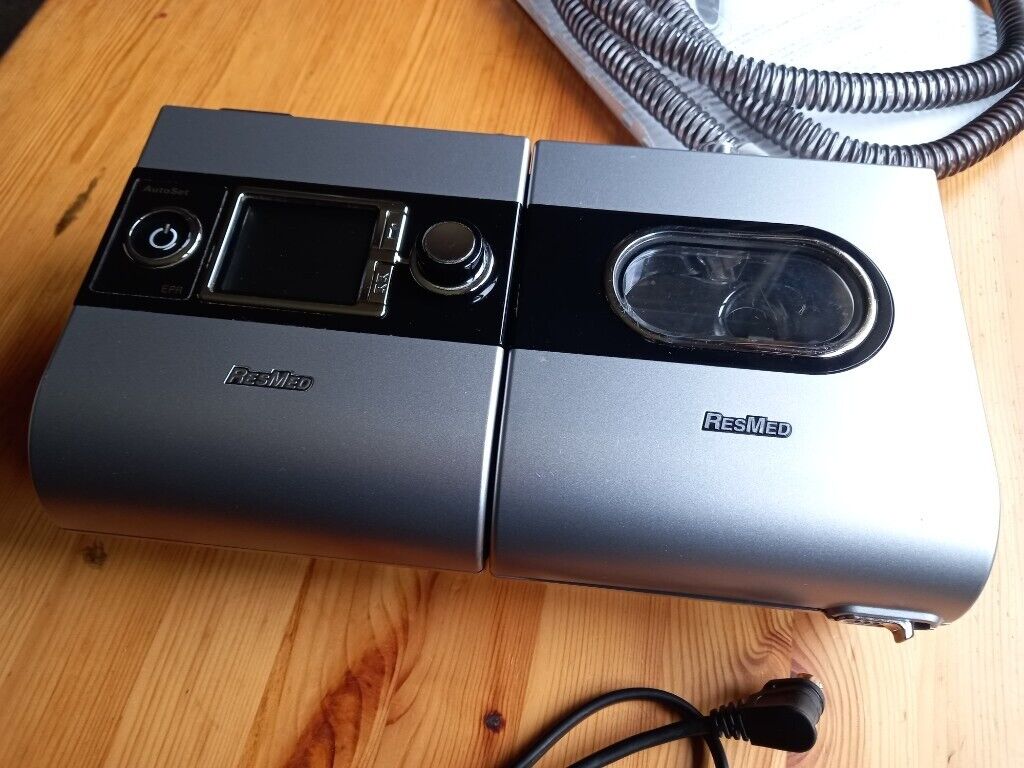Category: Sleep Apnea
ResMed S9 Autoset CPAP Machine Review
Do you ever just suddenly wake up in the middle of the night gasping for air? Do you find that you are always exhausted during the day? Do you often wake up with headaches and have trouble falling or staying asleep?
All of these are indications that you may be suffering from obstructive sleep apnea, a disorder in which the muscles in your throat block your airway while you are sleeping, forcing you to breathe in short bursts. Having sleep apnea is not an easy condition to live with. It is also possible that it might have a role in the development of health problems such as high blood pressure, heart difficulties, and diabetes.
You will be relieved to know that treatment with Continuous Positive Airway Pressure (CPAP) can help you keep it at bay. Every night, it will help you breathe easier and get a better night’s sleep by blowing pressured air into your airway, preventing your throat from contracting and allowing you to breathe normally again. It even helps with snoring difficulties, which means that you will never again have to worry about waking up your sweetheart in the middle of the night!
See Also: The Best CPAP Machine and Accessories Cleaner Available
However, therapy with CPAP is not as straightforward as taking a tablet every day. If you want to be able to get a good night’s sleep despite using a CPAP machine, you need to look into your options. The ResMed S9 AutoSet CPAP Machine is only one example of the type of CPAP machine that has received several ecstatic reviews on the internet.
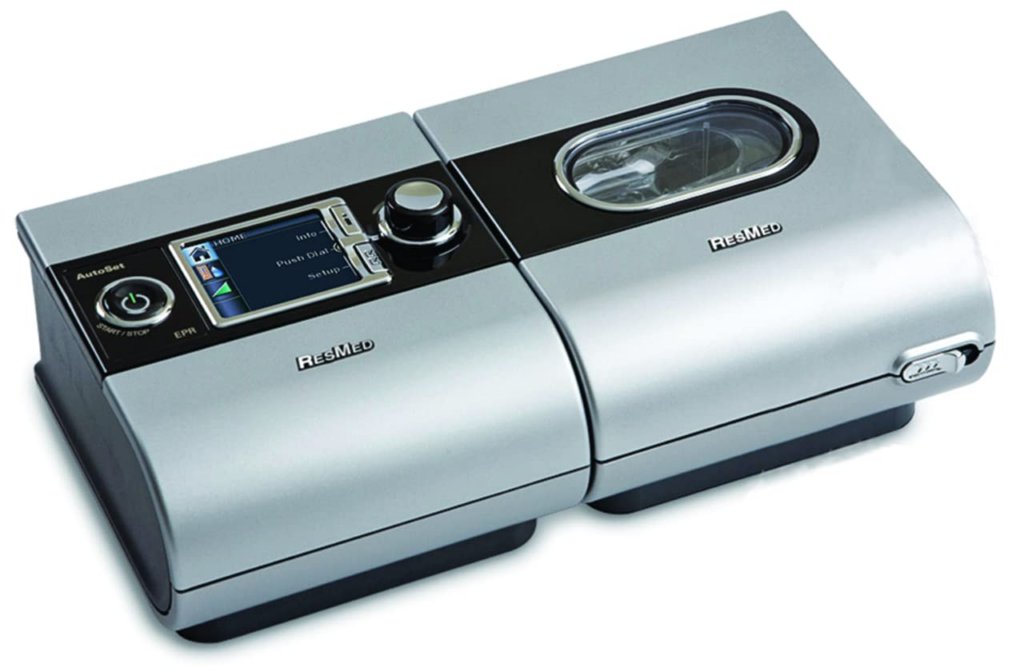
In this review, let us take a more in-depth look at a popular choice among the audience:
Overview
One of the most widely used continuous positive airway pressure (CPAP) machines available today is the ResMed S9, and for good reason. It has a low profile, is simple to operate, and comes highly recommended by both medical professionals and their patients.
In ResMed’s S9 series, the S9 AutoSet is the most advanced and comprehensive auto-adjusting device available. It is equipped with the Easy-Breathe technology, which enables you to maintain your natural breathing pattern even while using the CPAP mask.
This CPAP machine is backed by ResMed, one of the most reputable names in the business, and has a number of accessories and attachments that may all help you breathe easier while you sleep. ResMed is also one of the companies that invented the CPAP machine.
Principal Attributes
- Climate Control Heated Humidifier: The H5i Heated cpap Humidifier provides optimal relief from dryness and congestion by utilising clever humidity management technology. However, you should be aware that this attachment is not required to use your CPAP machine and may be purchased separately as an add-on accessory.

- Intuitive Interface: The gadget features a screen that is completely colourful and has controls that are simple to use. In addition to this, it is simple to set up as long as the directions in the manual are followed. The heated humidifier attachment of the CPAP machine may be removed quickly and conveniently for the purposes of cleaning and transporting the device.
- Smart Start / Smart Stop: ResMed’s Smart-Start and Smart-Stop technologies enable you to automatically start your machine by breathing into the mask. This saves you time and eliminates the need to manually turn it on. Taking off the mask will also result in the termination of your CPAP treatment.
- Mask-Fit System: The ResMed S9 AutoSet CPAP Machine features a Mask-Fit System, which enables the user to first evaluate the fit of the mask before using the device. Because of this, it is simple to determine whether or not there is a leak.
- Easy-Breathe Technology: The ResMed S9 AutoSet automatically changes the pressure so that it only gives the exact amount of pressure that is necessary from breath to breath. This technology is part of ResMed’s Easy-Breathe Technology. Because to this technology, you will be able to breathe through the mask in a manner that is completely natural and unrestricted, just as if you were not utilising a CPAP or VPAP machine at all. There is no need for controllers or switches, both of which may be easy to lose track of.
- SlimLine Tubing: The reduced circumference of the SlimLine tubing helps reduce the amount of drag that is exerted by your mask, which in turn improves the overall fit of the mask and the level of comfort experienced when sleeping.
- Advanced Data Reporting Directly on the Display: On the device itself, the ResMed S9 AutoSet displays an overview of your current sleep apnea treatment settings. The data that was collected includes things like the typical amount of time utilised, the number of hours used, the number of days used, the run hours, and the pressure.
The Pros and Cons of the ResMed S9 AutoSet CPAP Machine
The Positives: The ResMed S9 AutoSet CPAP machine technology adjusts itself breath by breath, just as the needs arises; it is noiseless; the ResMed S9 auto-set CPAP machine has an intuitive design and user-friendly controls which makes it easier for patients to operate and get along with; the ResMed S9 auto-set CPAP machine also has been highly rated by both medical professionals and patients because of its awesome user experience. The machine is very comfortable to use, and it comes with an optional humidifier connection, and with optional heated tubing.
The Negatives: because of the amazing features of the ResMed S9 auto-set CPAP machine, it can become costly for many people to afford, especially if you’re paying for it from your own pocket. If it is not covered by Medicare, it can be out of budget for many people.
At Air Liquide Healthcare, we provide amazing CPAP machine and accessories options for people to treat their sleep apnea condition, if you want more clarity and professional advice about this condition, you should book a consultation session with our sleep specialist today!
… Read MoreWhat Does a High CPAP AHI Mean?
Users of continuous positive airway pressure (CPAP) devices and apps often report feeling confused by the data they are presented with. The AHI is one such, if not the most significant measures that your CPAP machine records. In this article, we’ll discuss how to evaluate your AHI and what steps you may take to bring it down if necessary.
In CPAP terms, what does an AHI mean?
Apnea-hypopnea index is the abbreviation for this measurement. Sleep studies are the gold standard for estimating AHI. The word REI (respiratory event index) may be used instead of AHI in a home sleep apnea test result.

When you remove your CPAP mask in the morning, many devices may display information about your use the night before, including your AHI. To differentiate this value from the AHI that is determined by the gold standard, a sleep study, I prefer to call it the “calculated AHI” or cAHI.
With the use of a CPAP machine’s smartphone app, you may collect and analyze more data over time. You need to connect your CPAP machines to a clinical database in order to get the full range of available information. The AHI is broken down into snoring, central apneas, obstructive apneas, and hypopneas, which I, as a sleep physician, can access.
CPAP: what’s a decent AHI?
In most cases, the cAHI should be set at or below 5, as this value indicates the absence of sleep apnea as determined by a sleep study. From what I’ve seen, a cAHI of 5 or less is considered good, but a cAHI of 3 or less indicates that your sleep apnea is under excellent control. Please be aware that I have never encountered a zero AHI. No matter how well you program your system, it will always estimate a small number of breathing occurrences as a residual.
“Treat the patient, not the numbers” is a common medical maxim. Nighttime oxygen level studies are frequently checked if an AHI is high despite the patient’s report of good sleep and general well-being during the day. I will not adjust the CPAP settings if oxygen levels are within normal range. You can read about CPAP and Bi-level PAP Therapy: New and Established Roles by clicking here.
Ways the CPAP machine reports the AHI
An AHI estimate is calculated by CPAP devices using proprietary algorithms. We sleep doctors think the gadget “pings” your airway with little bursts of air to test if it is open, measuring resistance to the airflow they are trying to provide.

For example, a CPAP machine will “ping” your airway if it detects a lack of airflow for more than 10 seconds. An obstructive apnea is detected if the air packet is reflected back to the monitor, indicating that the airway was blocked. If the air packet doesn’t come back, it indicates that your airway was clean and that this apnea was central. Hypopneas are thought to occur when there is a sudden and dramatic increase in resistance to the airflow given by the CPAP for at least 10 seconds.
Keep in mind that the cAHI should be viewed with caution because CPAP devices do not conduct diagnostic sleep studies on you on a nightly basis. Visit http://mhsblogs.com/guide-on-how-to-set-up-your-cpap-pressure-correctly/ to read about the Guide on How to Set Up Your CPAP Pressure Correctly.
Is the CPAP AHI reliably accurate?
Not at all true. Keep in mind that the cAHI can provide you a very accurate picture of how well you’re performing overall. Moreover, it is essential to examine the data patterns, rather than relying on a single night’s worth of information, before drawing any judgments. Mask seal, alcohol consumption, drugs, body posture, altitude, and other variables can all affect AHI from one night to the next. Before evaluating whether or not a CPAP machine has to be changed based on the cAHI, we want to gather at least two weeks of continuous data.
By and large, we have found that the AHI from a sleep study done on the same patient while they were using CPAP is much greater than the cAHI from the CPAP machine. The cAHI may be grossly underestimating the true incidence of residual abnormal breathing occurrences, as we believe it does.
The cAHI can give you a ballpark figure for how many residual abnormal breathing episodes you’re averaging each hour, but it shouldn’t be seen as gospel.
How can a CPAP’s AHI be reduced?
To put it simply, high leak is the most prevalent cause of a high cAHI. Your airway will continue to collapse if air is exiting from the system rather than entering your throat. When a leak occurs, it might be one of two types: the mouth leak and the mask leak.
The most prevalent sign of a leaking mouth is a persistently dry mouth when you wake up. Wearing a full-face mask or chin strap if you’re experiencing this is highly recommended.
If your CPAP mask is leaking, you need to replace it. Those who use CPAP and sleep on their side may also require a certain type of pillow.
Complex sleep apnea, in which you have obstructive sleep apnea before starting CPAP, can also lead to a high CPAP AHI.
With this issue, there may be a need for you to adjust the pressure in your machine. Among the many possible ways to this are:
The pressure reading from your machine may be inaccurate for you due to a number of reasons, including but not limited to: your body weight; some kind medical conditions that might exacerbate sleep apnea, such as hypothyroidism, PCOS, atrial fibrillation, heart attacks, and strokes; New drugs that can impact muscle tone or the diameter of your airway, such as testosterone;
If your AHIs have been consistently high and the cause does not appear to be a leak, you should consult a sleep specialist.
… Read MoreRecent Posts
 Eye Surgery, LASIK vs Contact Lenses: Which One Should You Choose?Eye surgery, LASIK, or laser vision correction. The procedure goes by many names, but regardless of what you call it, LASIK surgery is one of the most popular permanent options for those with poor vision. But while laser eye surgery works for various […]
Eye Surgery, LASIK vs Contact Lenses: Which One Should You Choose?Eye surgery, LASIK, or laser vision correction. The procedure goes by many names, but regardless of what you call it, LASIK surgery is one of the most popular permanent options for those with poor vision. But while laser eye surgery works for various […]![Is Laser Eye Surgery Worth the Cost? [Complete Guide]](https://mhsblogs.com/wp-content/uploads/2023/05/LASIK-SMILE-and-PRK2-150x150.jpg) Is Laser Eye Surgery Worth the Cost? [Complete Guide]You may be considering going for laser eye surgery soon. The entire laser eye surgery procedure is quick and painless and eliminates the need for glasses or contact lenses for a very long time. However, laser vision correction can also be expensive. […]
Is Laser Eye Surgery Worth the Cost? [Complete Guide]You may be considering going for laser eye surgery soon. The entire laser eye surgery procedure is quick and painless and eliminates the need for glasses or contact lenses for a very long time. However, laser vision correction can also be expensive. […] Looking to use your CPAP machine during winterUsing a CPAP (Continuous Positive Airway Pressure) device is an effective treatment for obstructive sleep apnea. Depending on the time of year and where you are located, you may need to adjust your CPAP treatment accordingly. For example, more humidity […]
Looking to use your CPAP machine during winterUsing a CPAP (Continuous Positive Airway Pressure) device is an effective treatment for obstructive sleep apnea. Depending on the time of year and where you are located, you may need to adjust your CPAP treatment accordingly. For example, more humidity […]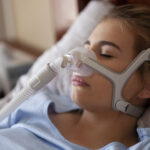 Travel easily with your CPAP machines with these tipsYou must bring your CPAP machines, which is a device often used to treat sleep apnea, everywhere you travel if you need it. Fortunately, traveling with CPAP machines need not be difficult, though some models make it easier than others. Many individuals […]
Travel easily with your CPAP machines with these tipsYou must bring your CPAP machines, which is a device often used to treat sleep apnea, everywhere you travel if you need it. Fortunately, traveling with CPAP machines need not be difficult, though some models make it easier than others. Many individuals […]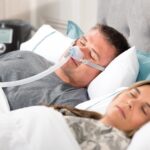 Use your CPAP machines easily with these tipsEverybody's CPAP adjustment is unique. While some people acclimatize to their therapy right away, others take longer to feel comfortable. Here are some essential guidelines for utilizing CPAP machines and mask while trying to get some rest: 1. Start your […]
Use your CPAP machines easily with these tipsEverybody's CPAP adjustment is unique. While some people acclimatize to their therapy right away, others take longer to feel comfortable. Here are some essential guidelines for utilizing CPAP machines and mask while trying to get some rest: 1. Start your […] The Best CPAP Machine and Accessories Cleaner AvailableAnyone who has used a CPAP machine for more than a day has certainly wished there was a simpler method to clean the many parts and pieces that go along with it. Automatic CPAP cleaners claim to do this for you with the touch of a button; the question is, […]
The Best CPAP Machine and Accessories Cleaner AvailableAnyone who has used a CPAP machine for more than a day has certainly wished there was a simpler method to clean the many parts and pieces that go along with it. Automatic CPAP cleaners claim to do this for you with the touch of a button; the question is, […]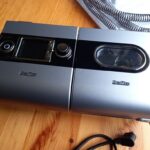 ResMed S9 Autoset CPAP Machine ReviewDo you ever just suddenly wake up in the middle of the night gasping for air? Do you find that you are always exhausted during the day? Do you often wake up with headaches and have trouble falling or staying asleep? All of these are indications that you […]
ResMed S9 Autoset CPAP Machine ReviewDo you ever just suddenly wake up in the middle of the night gasping for air? Do you find that you are always exhausted during the day? Do you often wake up with headaches and have trouble falling or staying asleep? All of these are indications that you […]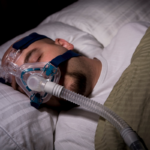 CPAP Machine and Sinus InfectionThe most effective treatment for OSA is continuous positive airway pressure therapy. Those with OSA can't live without CPAP, but the therapy isn't always adhered to because of common adverse effects like dry eyes, face discomfort, and headaches. One […]
CPAP Machine and Sinus InfectionThe most effective treatment for OSA is continuous positive airway pressure therapy. Those with OSA can't live without CPAP, but the therapy isn't always adhered to because of common adverse effects like dry eyes, face discomfort, and headaches. One […]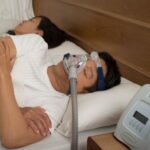 Guide on How to Set Up Your CPAP Pressure CorrectlyIn order to give the most recent valid information, Air Liquide Healthcare routinely compares the information included within our pages to that found in the most recent scientific publications and most highly recommended websites, and other resources. […]
Guide on How to Set Up Your CPAP Pressure CorrectlyIn order to give the most recent valid information, Air Liquide Healthcare routinely compares the information included within our pages to that found in the most recent scientific publications and most highly recommended websites, and other resources. […] What Does a High CPAP AHI Mean?Users of continuous positive airway pressure (CPAP) devices and apps often report feeling confused by the data they are presented with. The AHI is one such, if not the most significant measures that your CPAP machine records. In this article, we'll […]
What Does a High CPAP AHI Mean?Users of continuous positive airway pressure (CPAP) devices and apps often report feeling confused by the data they are presented with. The AHI is one such, if not the most significant measures that your CPAP machine records. In this article, we'll […]

